How I Use Journify to do an End of Year Review
For as long as I can remember I was a New Year's Resolution person, every year on New Year's Day I would make some resolutions or new goals for the coming year. And then every year around mid-January I would lose my initial motivation and forget about them.
I repeated this process each year until I came across a blog post by Tim Ferriss.
Tim is described by the New York Times as "a cross between Jack Welch and a Buddhist monk" and is among the best in the world at optimizing life and traditions. He has found replacing New Year's resolutions with past year reviews to be "more informed, valuable, and actionable than half-blindly looking forward with broad resolutions".
Tim's method:
In a notepad, make two columns: positive and negative
Look back on your calendar for 2020, week by week
Note down into their respective columns any people, events, meetings or activities that resulted in peak positive or negative columns
Once you've finished, take each column and ask yourself, "What 20% of each column produced the most reliable or powerful peaks?"
Using your answers to the above questions, take the top positive 20% and schedule them right now in your 2021 calendar. Send out invites, book and prepay to ensure your commitment.
Finally take your top negative 20% and make a NOT-TO-DO-LIST
Here is some final advice from Tim:
"And just remember: it’s not enough to remove the negative. That simply creates a void. Get the positive things on the calendar ASAP, lest they get crowded out by the bullshit and noise that will otherwise fill your days."
I was so inspired after reading about this practice that I couldn't wait till the end of the year to see its benefits. So I decided to conduct a six month review in June.
I followed the above steps as described, once I had gone through the first six months of the year and had filled the two columns, I opened Journify and hit record. I then began to talk through my columns in a stream of consciousness style. I then listened back to this entry the next morning before selecting the top 20% of each column.
This step allowed me to put some distance between me and my thoughts, allowing me to get out of my own head and approach the task of selecting the top 20% with a clearer head.
Hopefully my extra step will be as much benefit to you as it is to me. I encourage you to follow Tim’s steps, find what works for you and experiment with the process.
About the Author:
Eoghan is a practicing pharmacist, health and technology enthusiast and lover of all things journaling. You can keep up with his journaling experiments on his instagram.
Other Featured Articles:




